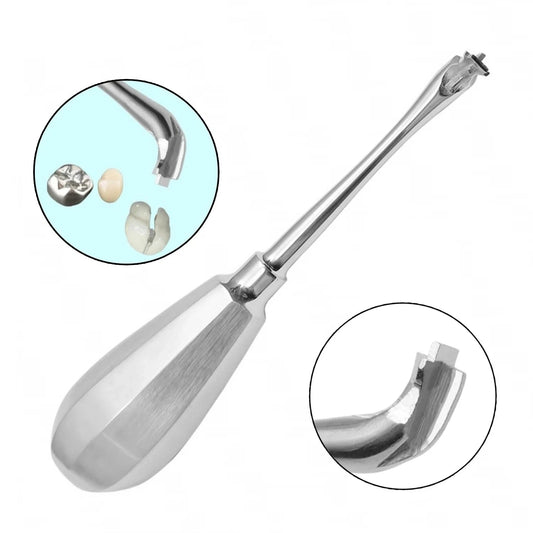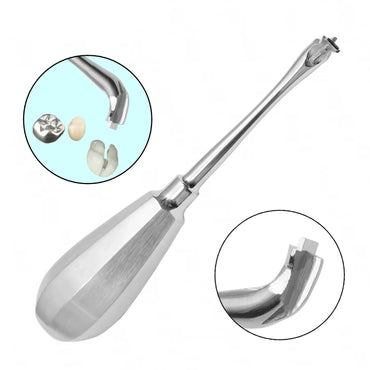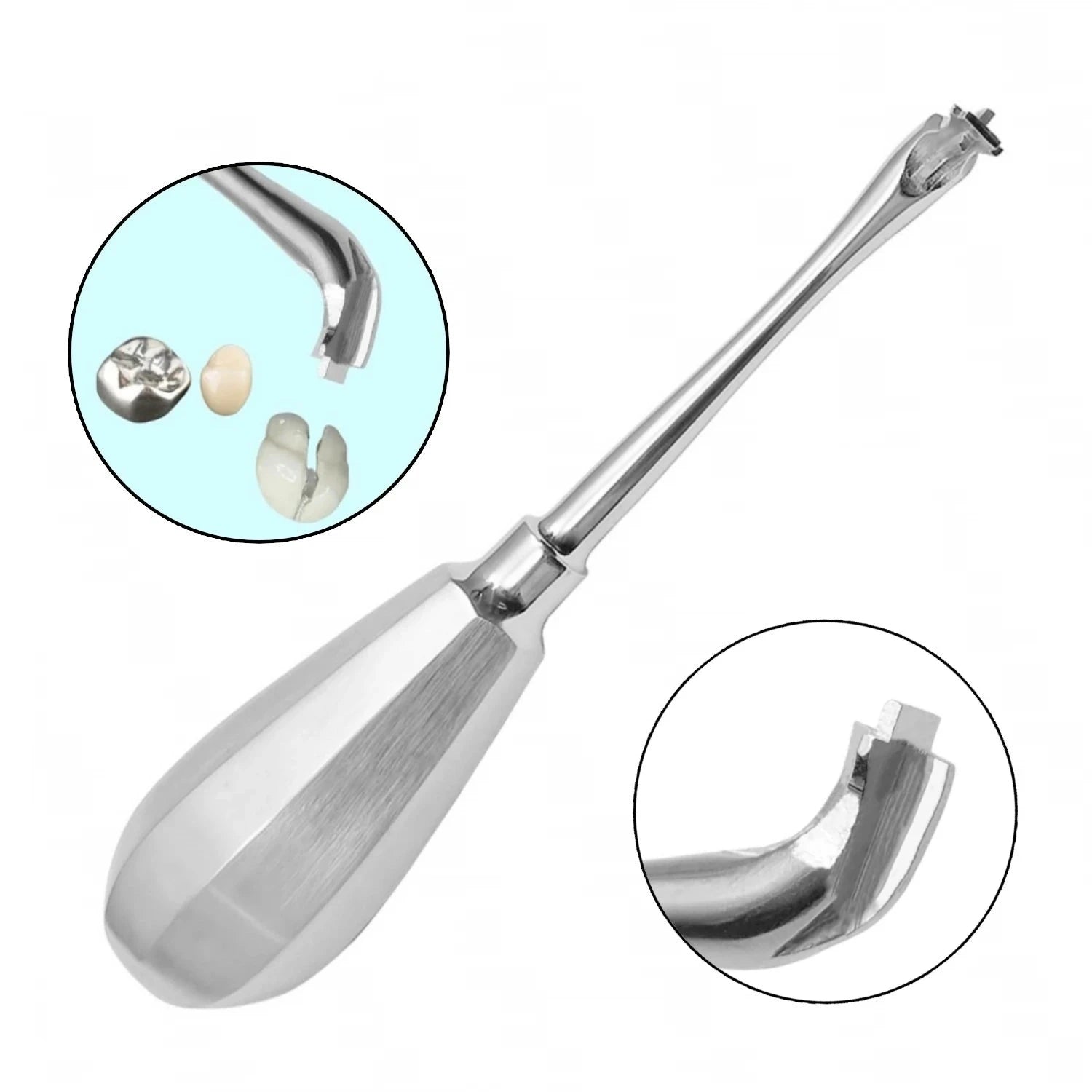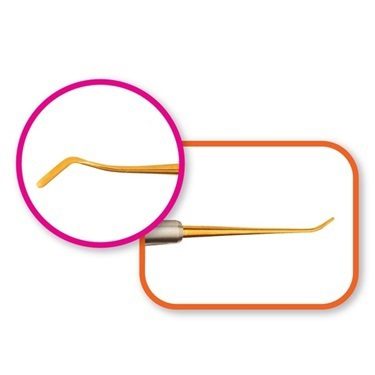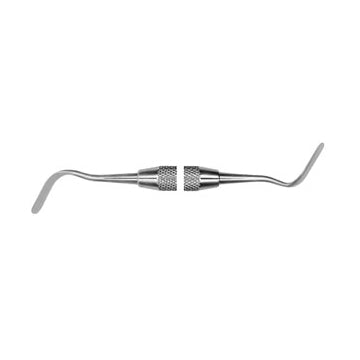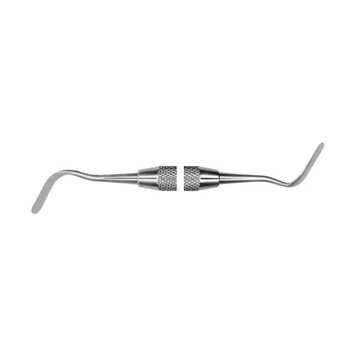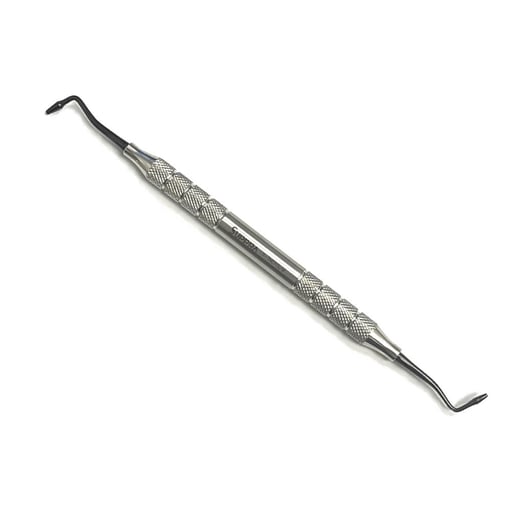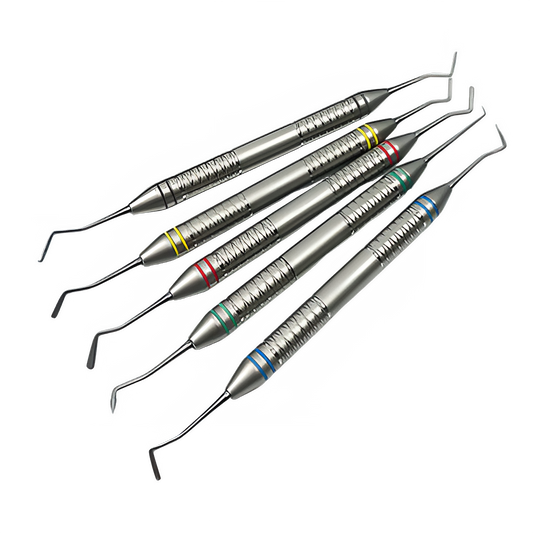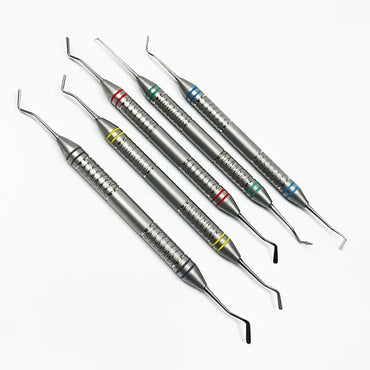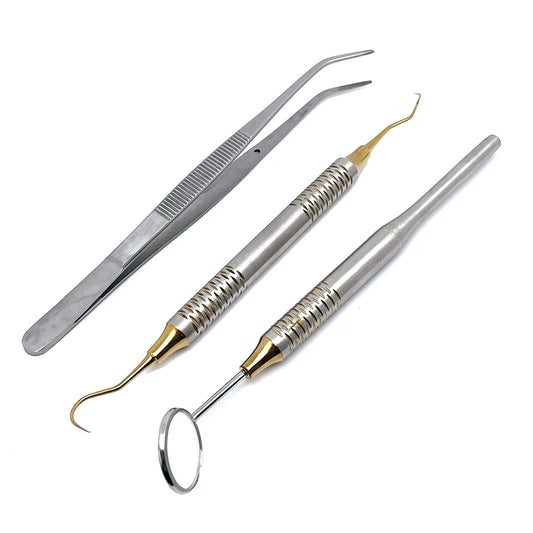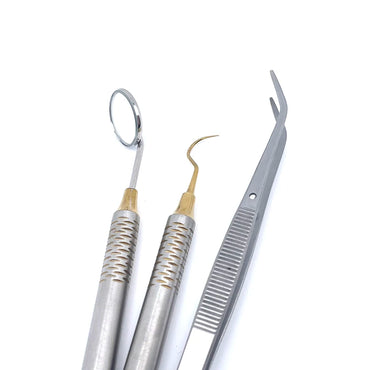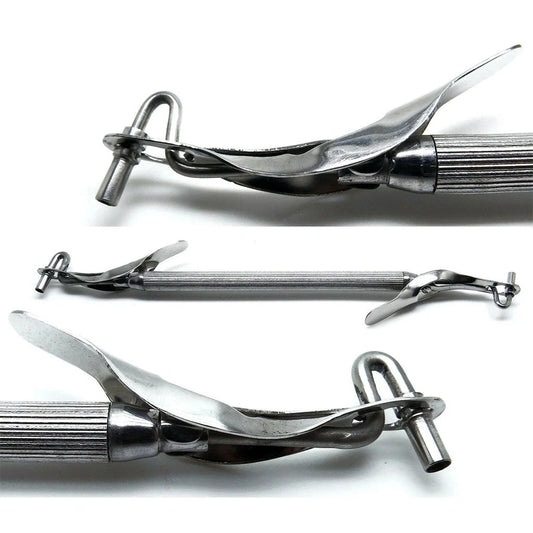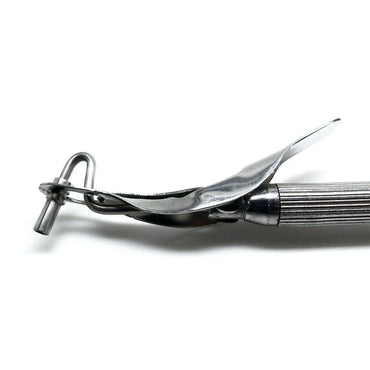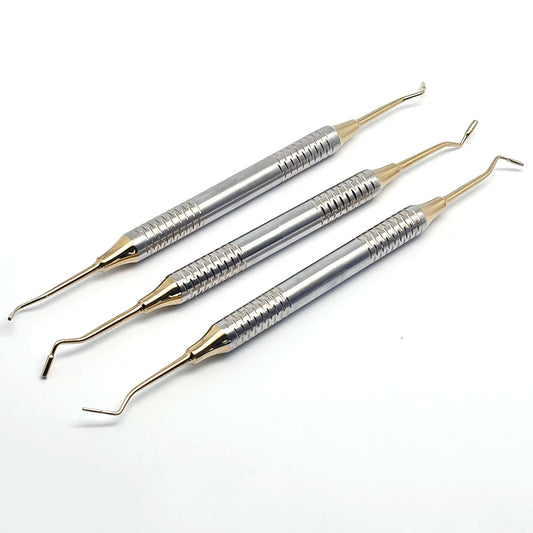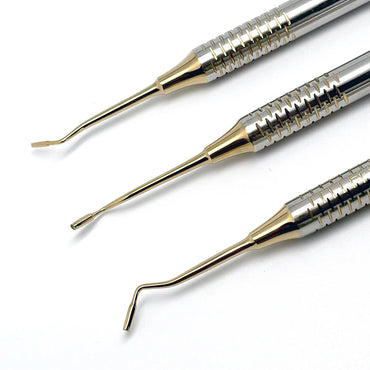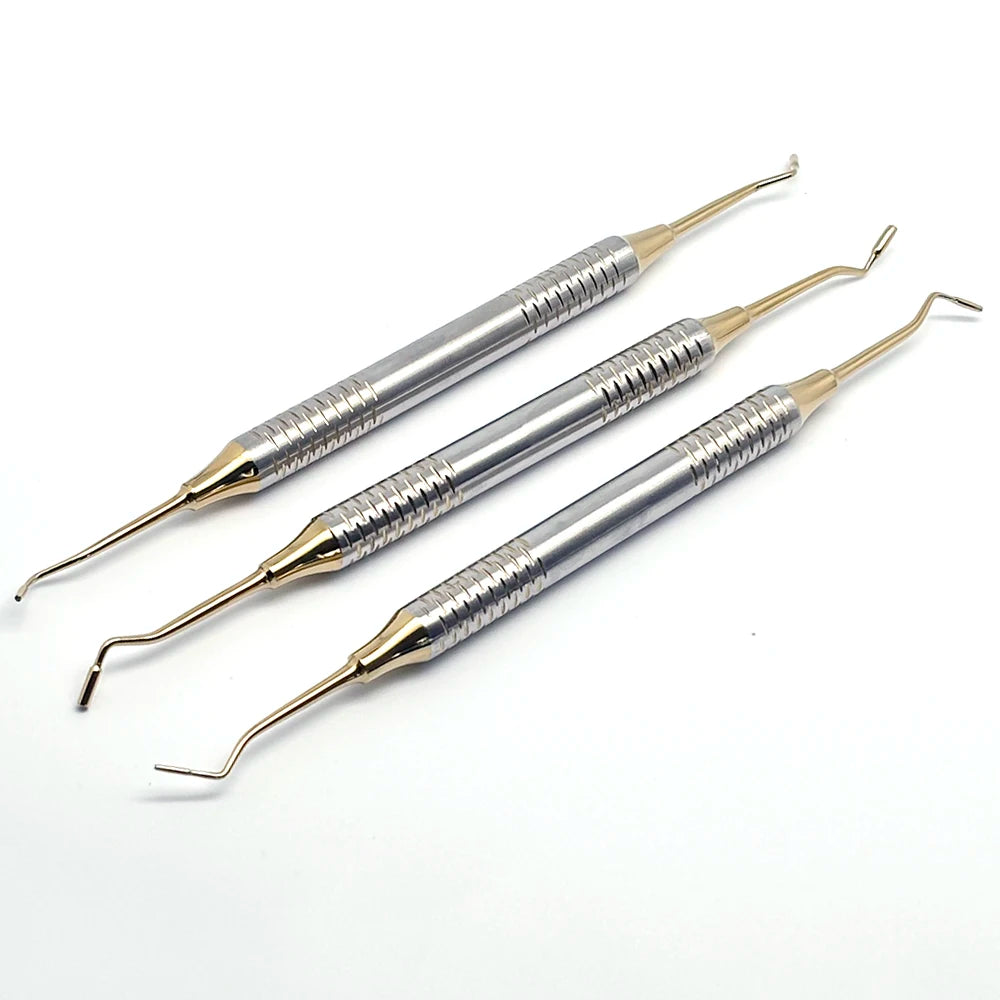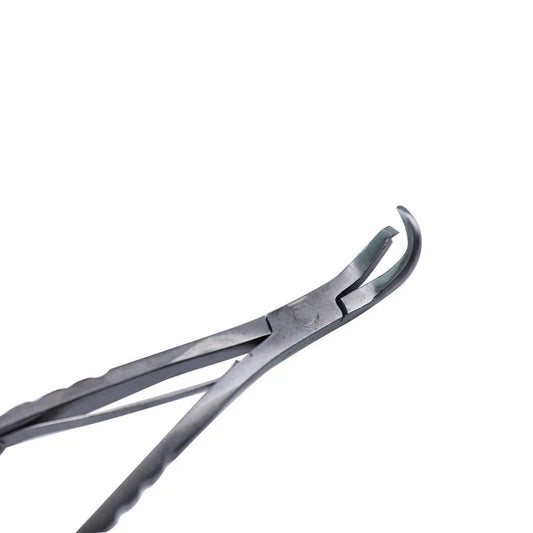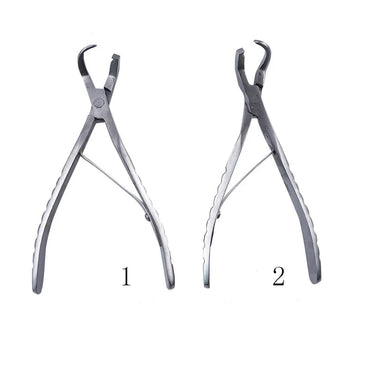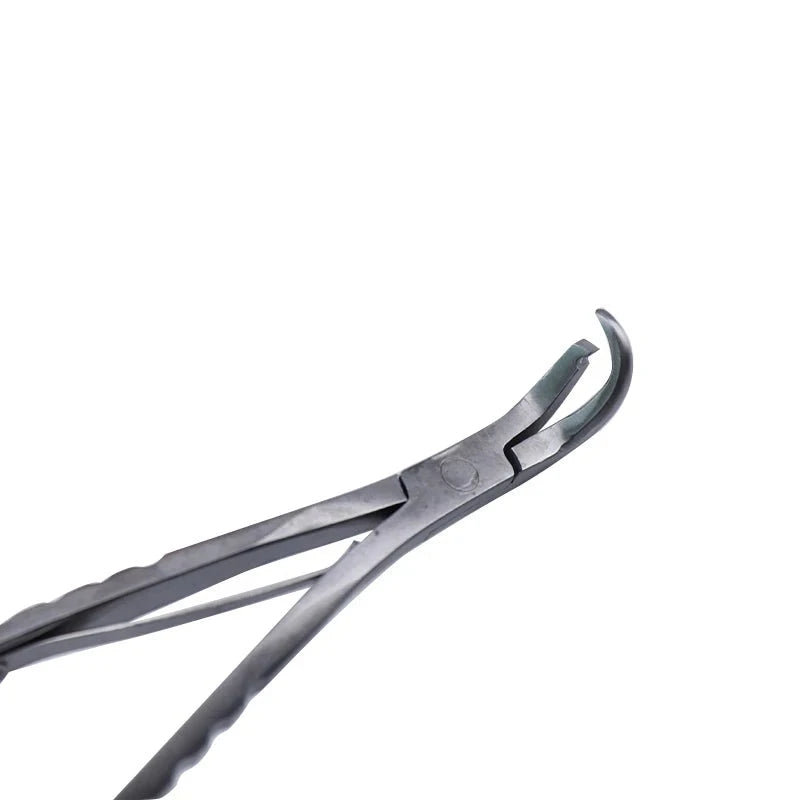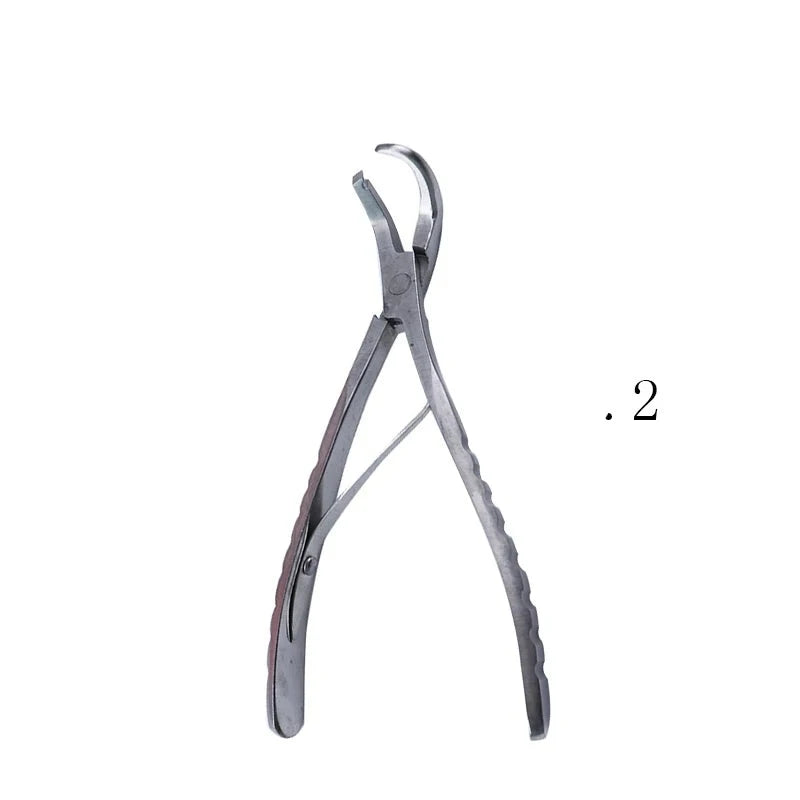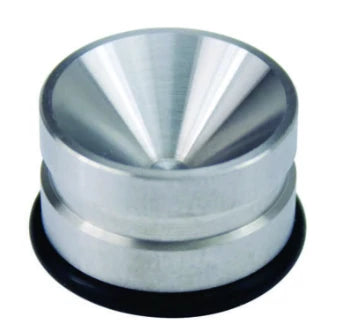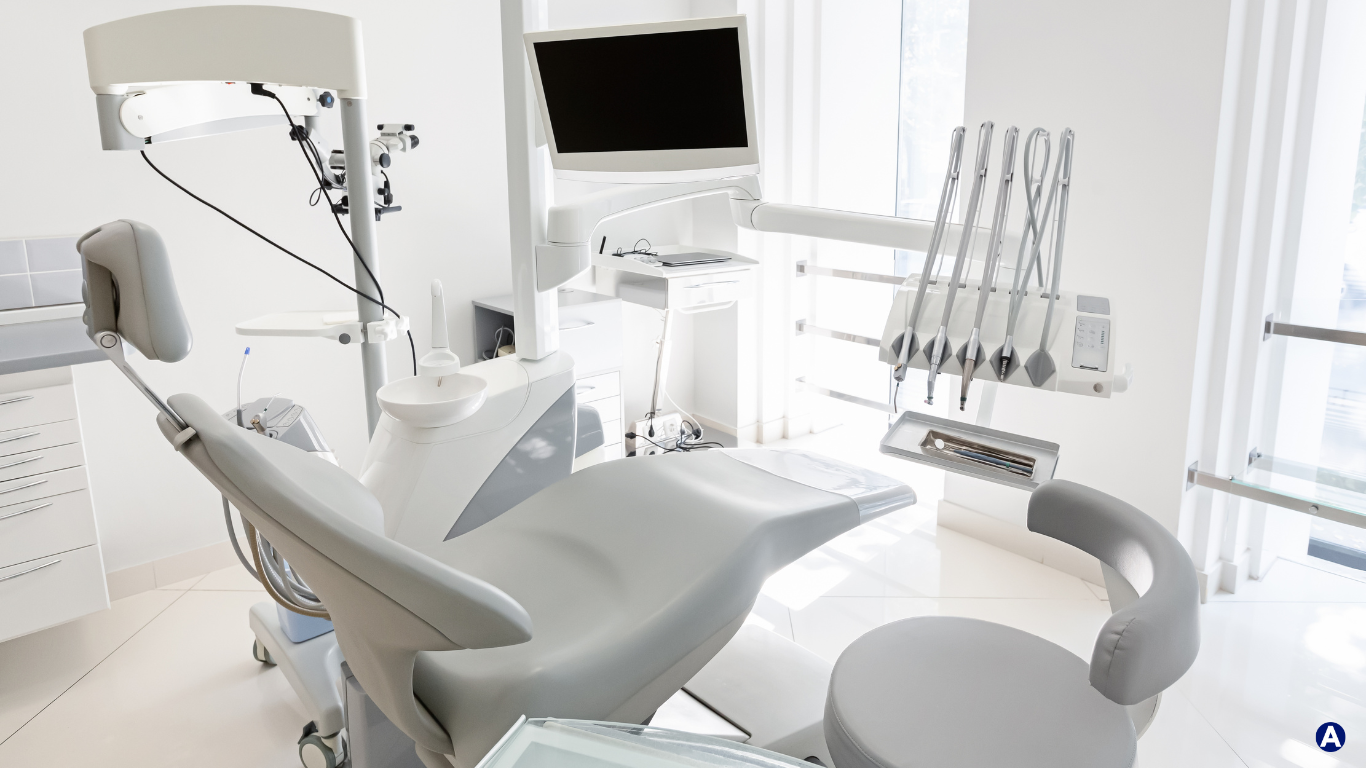Operating a dental practice requires not only clinical expertise but also sound business acumen. Whether you're starting a new practice or managing an existing one, understanding and controlling the costs associated with running a dental office is crucial for long-term success. From equipment and staffing to marketing and insurance, expenses can quickly add up. However, with the right strategies in place, dentists can effectively manage costs while maintaining a high standard of care.
In this blog post, we’ll explore the various costs involved in running a dental practice and provide practical tips to help manage overhead, increase profitability, and ensure a sustainable operation.
1. Understanding the Key Expenses of Running a Dental Practice
Before diving into cost-saving strategies, it’s important to understand the main categories of expenses involved in operating a dental practice. These typically include:
-
Startup Costs: If you’re opening a new practice, startup costs can range from $250,000 to $500,000 or more. This includes purchasing or leasing a location, renovating the space, buying equipment, and setting up management software.
-
Equipment and Technology: Dental technology is essential for providing modern care. Dentists need to invest in everything from dental chairs and X-ray machines to 3D imaging systems and sterilization units. These are significant, ongoing expenses as equipment needs maintenance and upgrades.
-
Staffing Costs: Salaries for hygienists, assistants, office managers, and administrative staff are typically the largest recurring expense, accounting for 25-30% of practice revenue. Benefits, such as healthcare and retirement plans, add to these costs.
-
Rent or Mortgage: The cost of your practice’s physical location can vary widely depending on its size and location. Urban practices generally face higher rent or mortgage payments compared to suburban or rural ones.
-
Supplies and Lab Fees: Consumables, like gloves, masks, sterilization materials, and patient care supplies, must be regularly replenished. Lab fees for dental work such as crowns, dentures, and implants also need to be factored into operational costs.
-
Marketing and Insurance: A comprehensive marketing strategy is essential for attracting new patients and retaining existing ones. Additionally, dental practices need to maintain various types of insurance, including malpractice, business liability, and workers’ compensation.
With these costs in mind, let’s explore some practical tips for managing these expenses and improving the financial health of your dental practice.
2. Create a Detailed Budget and Regularly Monitor Expenses
A well-thought-out budget is the foundation of any successful practice. Start by creating a detailed budget that outlines all your expenses, both fixed (rent, salaries) and variable (supplies, marketing). Regularly review your financial statements to track how closely you’re sticking to your budget.
By monitoring expenses consistently, you can identify where costs may be escalating and take action before they become unmanageable. For instance, if supply costs increase unexpectedly, you can re-evaluate your purchasing practices or consider negotiating with suppliers for better terms.
3. Negotiate with Suppliers
Building strong relationships with your dental suppliers is crucial for managing costs. Don’t hesitate to negotiate for better pricing on essential items, especially when ordering in bulk. Compare prices across different vendors to ensure you’re getting the best deal possible.
It’s also worth exploring the option of joining a Group Purchasing Organization (GPO). GPOs allow multiple dental practices to pool their buying power, resulting in discounted prices for supplies and equipment. This can lead to significant savings, particularly for smaller practices.
4. Lease Instead of Buying Equipment
Dental equipment can be expensive, and purchasing everything upfront might strain your cash flow. Leasing equipment offers a more affordable alternative, allowing you to spread out payments over time. It also provides the flexibility to upgrade to newer technology more easily without the burden of full ownership.
Leasing is particularly beneficial for high-cost items such as imaging equipment, lasers, and other advanced tools that need to be replaced or upgraded frequently to keep up with evolving technology.
5. Invest in Preventive Maintenance
While equipment maintenance may seem like an additional expense, it is crucial for preventing costly breakdowns and prolonging the life of your equipment. Regular servicing and preventive care can keep your dental tools and machines in top condition, reducing the need for emergency repairs or early replacements.
Consider scheduling annual or semi-annual maintenance checks for all your major equipment to minimize the risk of unexpected failures that could disrupt your practice’s operations.
6. Maximize Staff Efficiency
Since staff salaries are one of the largest expenses for any dental practice, optimizing your team's productivity is key to managing costs. One way to do this is by ensuring that all staff members are well-trained and working efficiently within their roles.
Implementing a clear division of tasks ensures that the dentist can focus on high-value, revenue-generating procedures while administrative and routine tasks are delegated to support staff. Offering ongoing training and professional development opportunities can also help your team work more efficiently and provide better patient care.
7. Use Digital Solutions for Practice Management
Dental practice management software can streamline administrative tasks such as appointment scheduling, billing, and patient record management. By automating these processes, you can reduce the need for additional administrative staff, minimize human errors, and improve operational efficiency.
Many modern dental software solutions also include features for patient communication, online booking, and insurance claims management, further enhancing your practice’s productivity and profitability.
8. Reduce Waste and Optimize Inventory Management
Supplies like gloves, masks, and dental materials are essential to everyday practice operations, but it’s important to avoid over-ordering or wasting these items. Track your inventory closely and analyze usage patterns to ensure you’re ordering the right amount of each product.
Implementing a "just-in-time" inventory system can help reduce the cost of storing excess supplies while ensuring that you always have enough stock on hand. This approach not only cuts down on waste but also minimizes the risk of products expiring before they’re used.
9. Outsource Non-Core Tasks
Certain tasks such as billing, payroll, and marketing can be outsourced to third-party providers at a lower cost than hiring full-time staff. For example, outsourcing your dental billing can ensure that claims are processed quickly and efficiently, helping to improve cash flow.
Similarly, outsourcing marketing services allows you to take advantage of expert strategies and tools without the need to hire a full-time marketing team. This can be especially beneficial for smaller practices that may not have the resources to manage these tasks in-house.
10. Focus on Patient Retention
Acquiring new patients can be expensive, so focusing on retaining your existing patients is a more cost-effective way to grow your practice. Implement a strong patient retention strategy that includes personalized care, regular follow-up reminders, and ongoing patient communication.
Offering loyalty programs, discounts for returning patients, or bundled services can also encourage repeat visits. A satisfied patient is more likely to refer friends and family to your practice, reducing the need to spend heavily on advertising.
11. Offer In-House Financing Options
In-house financing allows patients to break up their payments over time, making it easier for them to afford dental treatments. This not only improves patient satisfaction but can also increase the likelihood of patients moving forward with more extensive treatment plans.
By offering flexible payment plans, you can reduce the need for heavy marketing to attract new patients while boosting overall revenue by making treatments more accessible.
Running a dental practice comes with significant financial responsibilities, but by implementing smart cost-saving strategies, dentists can manage expenses effectively while maintaining a high level of patient care. Whether it's negotiating with suppliers, optimizing staff efficiency, or investing in digital solutions, controlling costs is essential for maintaining profitability and ensuring long-term success. By taking a proactive approach to managing expenses and streamlining operations, dental practice owners can navigate the challenges of running a business and focus on delivering exceptional care to their patients.





